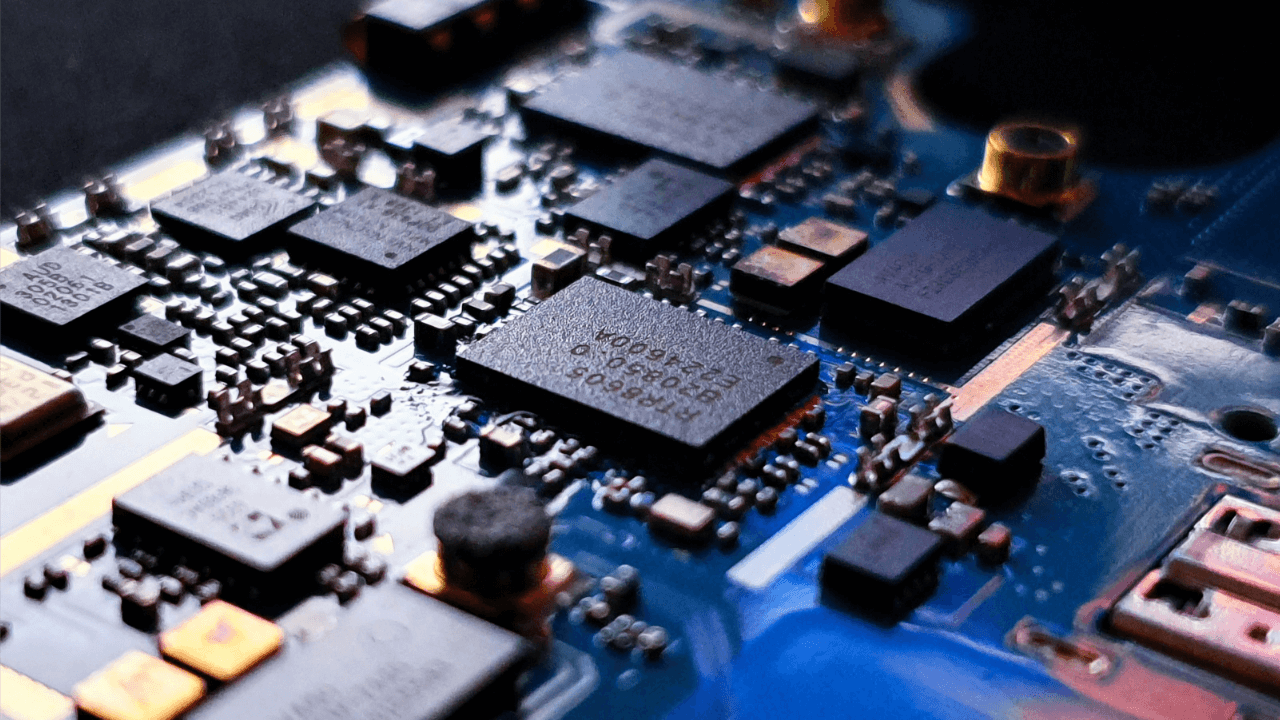
In Industry 4.0, organizations are using wireless sensor technology to digitize manufacturing operations and enhance predictive maintenance efforts.
Through digitization, machine operators can monitor physical infrastructure more efficiently, optimize maintenance schedules, and prevent costly equipment downtimes. Businesses can also unlock new revenue streams and increase customer satisfaction by acting on data-driven insights.
However, success in Industry 4.0 is challenging without the right capabilities and technology. One such capability that is growing increasingly important is the utilization of vibration analysis for predictive maintenance and condition monitoring.
For decades, businesses have used vibration analysis to determine the health of machinery. Recent advances in wireless sensor technology have made vibration analysis more effective, as plant managers can now automate 24/7 vibration data collection.
Here, we explain what vibration analysis is and why it is so valuable in modern industrial Internet of Things (IoT) applications. We also highlight specific use cases to help illustrate the versatility of vibration sensors.
What is Vibration Analysis?
Vibration analysis is the process of studying vibrations to monitor processes and physical assets. Vibration data can tell us a lot about the condition of certain machinery or equipment. Abnormal vibration levels can indicate a variety of problems, including:
- Bearing or gearbox failures
- Extreme speeds
- Imbalances
- Looseness
- Misalignments
- Motor faults
- Pump cavities
Often, plant managers and operators use accelerometers to conduct vibration analyses. These devices generate voltage signals based on the vibration levels detected. In most cases, accelerometers measure vibrations per second or minute. They also differ in what frequency ranges they can detect.
Accelerometer data is sent to software where voltage signals are recorded in several ways. From these recordings, plant managers can make inferences about the health of physical assets based on historical performance or expected values.
For years, industrial organizations have conducted studies and compiled data to clarify what these expected values should be. Now, leaders have many reference points to help guide their vibration data synthesis.
For example, every rotating electric machine has a unique vibration signature that differentiates it from other equipment. Engineers who take the time to learn the vibration signatures for their essential machinery can quickly determine if something is wrong.
What Are the Limitations of Vibration Analysis?
There are some limitations of vibration analysis.
Most accelerometers have trouble with frequencies on the extreme ends of the spectrum. Without a specialized sensor, very high frequencies will go unnoticed. Some sensors can track low frequencies. However, many do not take long enough samples to measure them effectively.
Evaluating the exact lubricant condition within machinery is also hard with traditional vibration analysis. Operators tend to use different methods to monitor friction.
The Elements of Vibration Analysis
Vibration analyses fall into one of four categories:
- Frequency domain
- Time domain
- Joint domain
- Modal analysis
The frequency domain is the most commonly used method for interpreting vibration data. Under this technique, operators map frequency against amplitude using spectrum analysis.
The time domain displays vibration data as waveforms that plot signal amplitude against time. It is easier to detect vibration issues in this way for certain types of machinery.
The joint domain enables operators to calculate several spectrums at once and identify variations in vibration over time.
Through modal analysis, engineers put frequency response functions into a computer model to see how different variables impact vibration modes.
Operators also characterize vibration measurements using the following:
- Overall vibration: used as a general check on overall vibration levels
- Spectral analysis: used to identify peaks in frequency signals
- Discrete frequency monitoring: used to measure vibrations at specific frequencies
- Shock pulse monitoring: used to measure rolling-element bearings
- Kurtosis measurement: used to measure the intensity of random vibration peaks
- Signal averaging: used to determine the level of signal at each frequency
- Cepstrum analysis: used to study repeated vibration patterns
It’s important to understand that there are many facets and complexities associated with vibration analysis. Implementing it correctly takes both time and skill.
Why is Vibration Analysis Useful?
Vibration analysis is useful for both reactive and preventative maintenance.
On the reactive side, technicians can use vibration data to diagnose machinery after it has malfunctioned. They can compare field data with known failing frequencies and narrow down the possible scope of issues without having to disassemble the asset. In this way, vibration analysis can also speed up maintenance or big repairs.
Perhaps more relevant in Industry 4.0 is the role vibration analysis plays in predictive maintenance. Predictive maintenance is a strategy used to identify patterns and anticipate future issues. Although predictive maintenance has been around since the 1990s, operators have struggled to create tangible value.
According to a market study by ARC Advisory Group, half of all traditional predictive maintenance activities are ineffective. Many believe this will change as a result of wireless sensor technology and the industrial Internet of Things (IIoT).
Wireless IoT vibration sensors are enabling operators to implement continuous vibration monitoring. Plant managers, technicians, and engineers can program devices to send alerts directly to smart devices in real time when vibration readings appear unusual.
On top of that, sensor designers can bolster traditional accelerometers by adding ultrasonic capabilities that pick up vibration frequencies that would otherwise go unnoticed. Consequently, operators can proactively monitor and mitigate a wider array of equipment problems.
For example, one study of U.S. Midwest manufacturing plants found that 67% of rotating equipment failures are caused by lubrication and bearing defects. These issues generate frequency values above what most accelerometers can detect. Another 16% of issues, including imbalances, resonance, and misalignments, can be detected through vibration analysis.
According to these findings, combining vibration and ultrasonic capabilities would address most root cause issues in manufacturing plants before they occur. Only with IoT technology is this level of functionality and real-time monitoring possible.
Use Cases for Automated Vibration Analysis
There are three primary ways automated vibration analysis can create an immediate positive impact for organizations today:
- Preserving critical machinery
- Keeping heavy-use machinery online
- Minimizing unnecessary maintenance for hard-to-reach assets
Preserving Critical Machinery
As alluded to previously, vibration analysis can reduce downtimes for many types of equipment, including industrial fans, pumps, cooling towers, conveyor belts, and hoisting gear. Continuous vibration analysis can reveal early-stage structural or mechanical issues that operators can address in advance.
By intervening early, technicians can avoid expensive repairs or replacements down the road. For example, vibration analysis can help maintenance personnel identify cracked blades in cooling tower fans. Left alone, blade damage can ultimately lead to catastrophic failures and long, expensive replacement projects. An early wireless vibration sensor alert would save thousands of dollars, as well as many labor hours, in this scenario.
Keeping Heavy-use Machinery Online
It often makes sense for industrial organizations to implement continuous vibration monitoring for equipment that is used regularly. By relying on wireless sensors to monitor vibration in real time, operators can avoid having to shut down their most productive machinery to perform routine maintenance that may not be necessary.
For example, keeping certain conveyor belts online may represent significant cash flow to a business that manufactures goods continuously. Rather than pause production for quarterly maintenance checks, plant managers can wait until vibration analysis indicates something is wrong.
Minimizing Unnecessary Maintenance for Hard-to-Reach Assets
Real-time vibration analysis is also useful for monitoring physical assets that exist in harsh environments or hard-to-reach areas. Rather than put human workers in danger unnecessarily, managers can wait to schedule maintenance until anomalies are detected in vibration data.
For example, wireless vibration sensors can relieve technicians from having to manually evaluate machinery involved in extreme temperature applications until required. Organizations with operations across large geographic footprints can also deploy vibration sensors to keep staff from having to drive long distances to each asset. These labor-intensive activities can all be optimized for efficiency with automated vibration analysis.
Vibration Sensors from Radio Bridge, A MultiTech Brand
Radio Bridge has recently developed a new wireless LoRaWAN® vibration sensor with ultrasonic capabilities. Now, organizations can incorporate automated vibration analysis into their remote monitoring solutions without having to invest significant capital.
Our new low-cost, low-power device can collect a wide range of vibration data, enabling operators to identify a vast majority of root causes that lead to major malfunctions. Using our web-based Device Management Console, users can also provision, configure, and manage their vibration sensors remotely after they are deployed in the field.
For those with specialized or unique IIoT applications, we offer custom design services. Our engineering team has extensive experience in designing and creating purpose-built LoRaWAN devices. We are happy to work closely with you to build the ideal wireless vibration sensor for your specific needs.
Want to discuss your vibration analysis goals in more depth?





